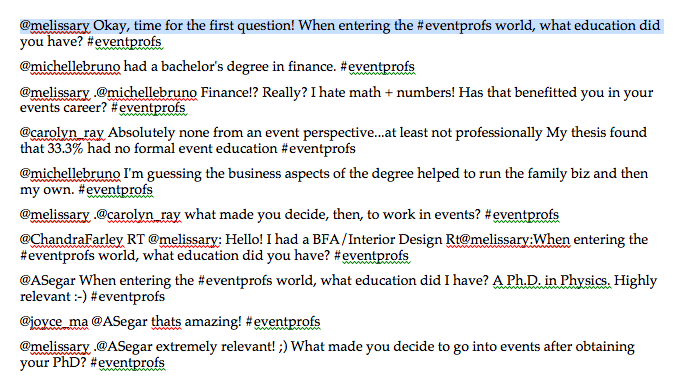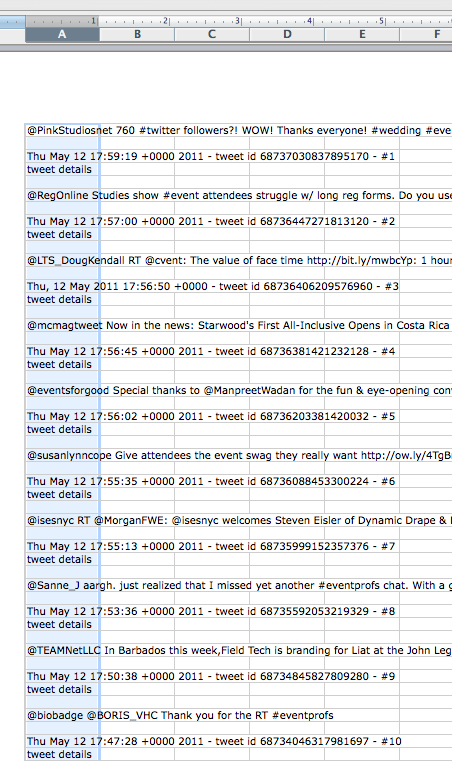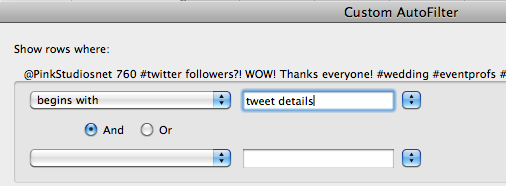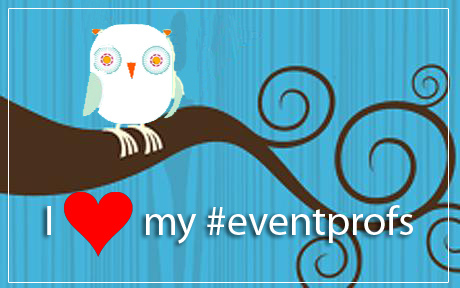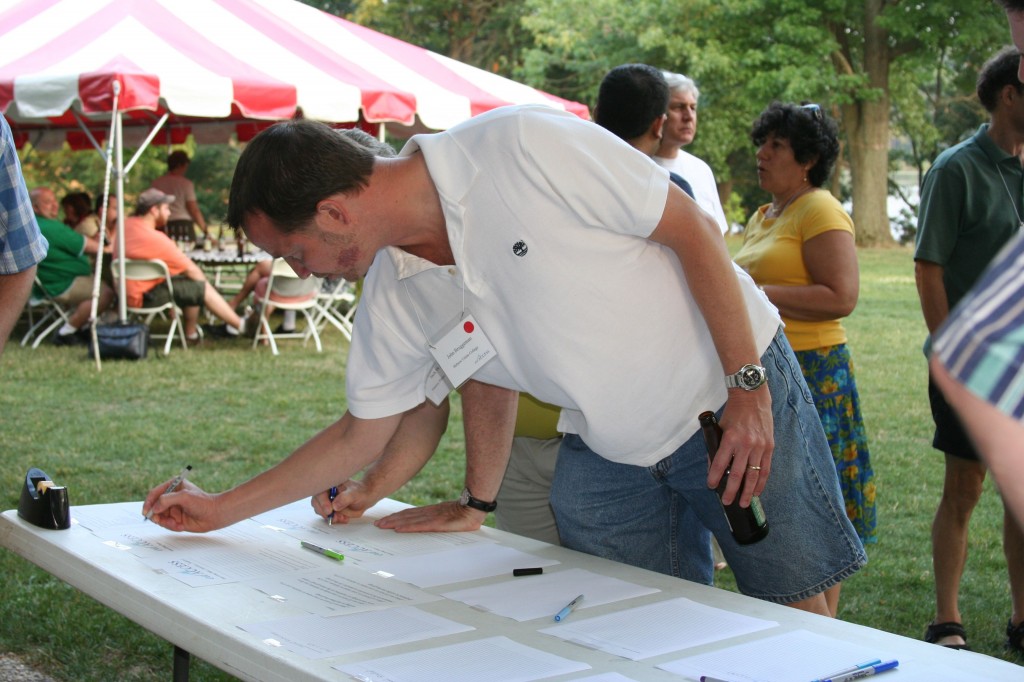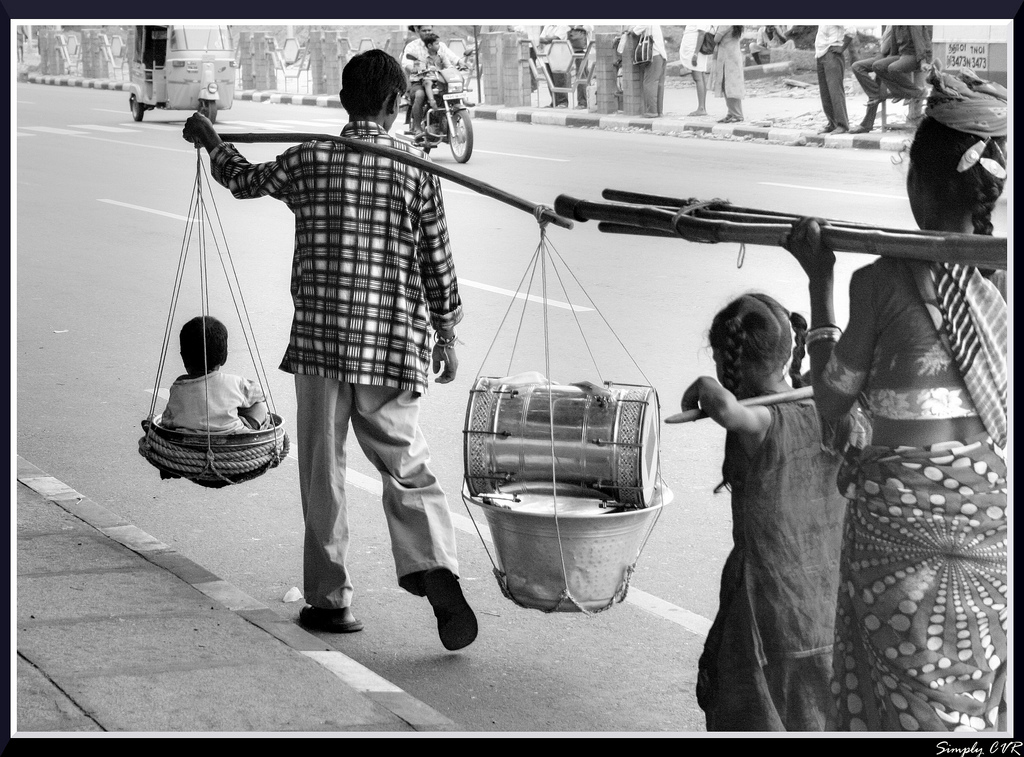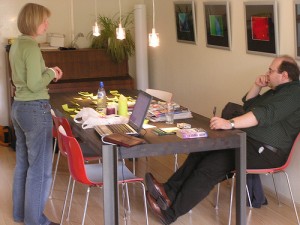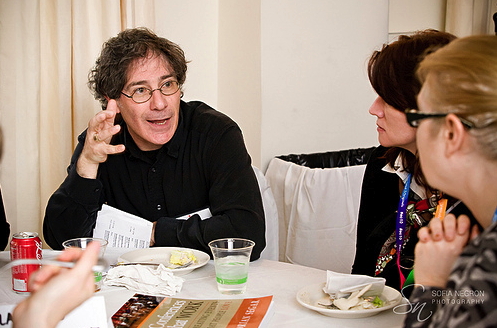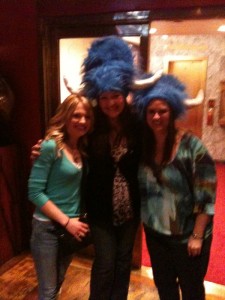How to archive Twitter chats
With the recent demise of the wthashtag service, it has become increasingly difficult to create a text archive of Twitter chats. As the organizer of the popular twice-weekly #eventprofs chats, I have been looking for a replacement. Tweetreports offers a free pdf report, but other output formats cost $9+/month.
So here are step-by-step instructions for using the two-year old TwapperKeeper service, together with a copy of Excel, to create a text archive of your Twitter chat.
Note: Please don’t use TwapperKeeper excessively. Twitter’s Terms Of Service and rate limiting can affect their ability to offer their service for free. Such issues caused wthashtag to shut down. Let’s not inflict the same fate on TwapperKeeper.
To create a #hashtag archive before your first chat (one-time only)
- Go to TwapperKeeper. Sign in with Twitter.
- Click on the “search for an archive” button to see if there’s already an archive for your chat. (Enter the hashtag for your chat without the hashmark.) If there isn’t, click on the “create #hashtag archive” button to create one.
- Once you’ve created a #hashtag archive for your chat, TwapperKeeper will maintain the archive for future use. Bookmark the link for future reference: here’s the link for the #eventprofs archive.
To obtain a text transcript of your Twitter chat
- Go to TwapperKeeper. Sign in with Twitter.
- Go to the archive link bookmark you created above (it will have the form “http://twapperkeeper.com/hashtag/xxxxxxxx” where “xxxxxxxx” is the hashtag for your archive).
- You’ll need to enter the start and end time for your chat in Greenwich Mean Time (GMT). You can use TimeZone Converter to convert the local start and finish times for your chat into GMT. Enter start & end date and times, change the “View Limit” to a number larger than the number of tweets in your chat, and click on “query”.
- Select all of the report that is relevant to the chat, then copy (Ctrl + C).
- Open a blank spreadsheet in Excel, with the A1 cell selected.
- Choose Paste Special… from the Edit menu and select “Text”. Click OK.
- Select all the cells in Column A that contain data. You should be looking at something like this:
- Note the first few characters of the rows containing the dates (in the above example, they would be “Thu “).
- Now we’re going to delete any rows that contain “tweet details”, the date of the tweet, or blanks by using Excel’s filter command. First, select Filter from the Data menu and then AutoFilter. A checkmark will appear next to AutoFilter in the menu, and you’ll see a small double-arrow scrollbar appear in the A1 cell, like this:
- Click on the double arrows and choose (Custom filter…). From the first drop down, choose “begins with” and type “tweet details” into the text box, like this:
- Click OK. Now select all the rows shown that start with “tweet details”. Make sure row 1 is not selected. Choose Delete Row from the Edit menu.
- Click on the double arrows again and choose (Custom filter…). From the first drop down, choose “begins with” and type the first few characters of the date you noted in step 8 into the text box. Click OK.
- Select all the rows that start with the date. Make sure row 1 is not selected. Choose Delete Row from the Edit menu.
- Click on the double arrows and choose (Custom filter…). From the first drop down, choose “does not contain” and type a “?” into the text box. Click OK.
- Select all the highlighted empty rows. Make sure row 1 is not selected. Choose Delete Row from the Edit menu.
- Finally, click on the double arrows for the last time and choose (Show All). Success! Each row contains one tweet from the chat.
- If you wish, scan the rows and delete any that contain non-chat tweets.
- Select the remaining rows and copy (Ctrl + C).
- Congratulations! A text archive of your Twitter chat is now stored on your Clipboard, ready to be pasted into the web page or document of your choice. (Final tip: You may need to use Paste Special to transfer the information so it formats correctly.)
Is there a better way of archiving Twitter chats? Please let us know when you find one—but test it first to make sure that it 1) reliably includes all the tweets and 2) can produce text output.

